By Angeline P. Hoffman, White Mountain Apache Tribe
The cultural roles of an elder for American Indians include passing down knowledge through intergenerational teaching and learning. Elders, through their empowered words of wisdom and existence, transfer their insight from one generation to the next. In the Apache culture, “elder” endures as a highly-regarded status. Native American elders possess experiential understanding and knowledge, the stories of the world, and especially compassion for their grandchildren. Elders, also known to others as oral historians, teach respect and demonstrate how to respect one another. Joseph Bruchac says that elders and children are meant to be close. By no accident, in every part of the world children and grandparents often share a special understanding and bond. Native American elders connect with their traditional heritage and culture, more so than many other cultures.
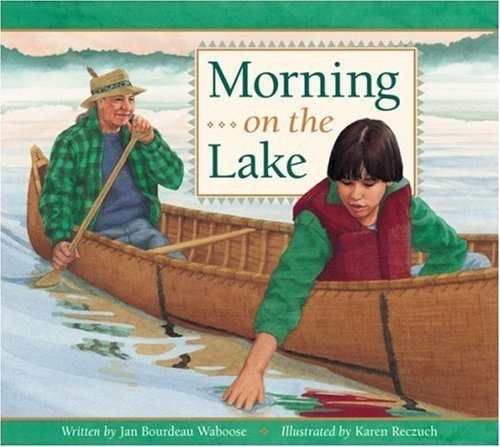 Continue reading →
Continue reading →


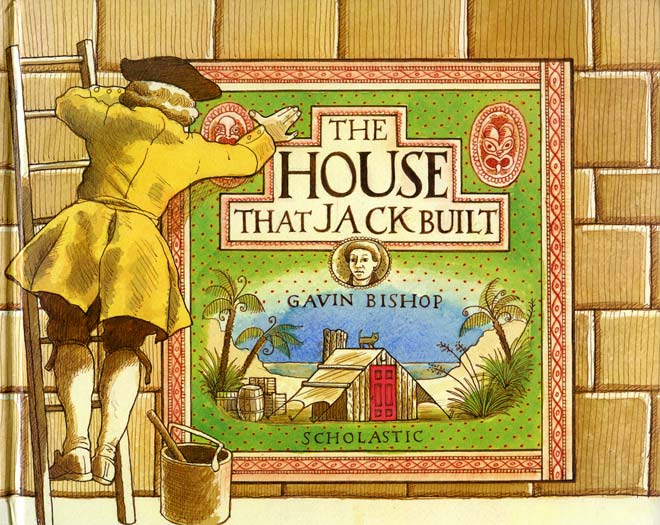

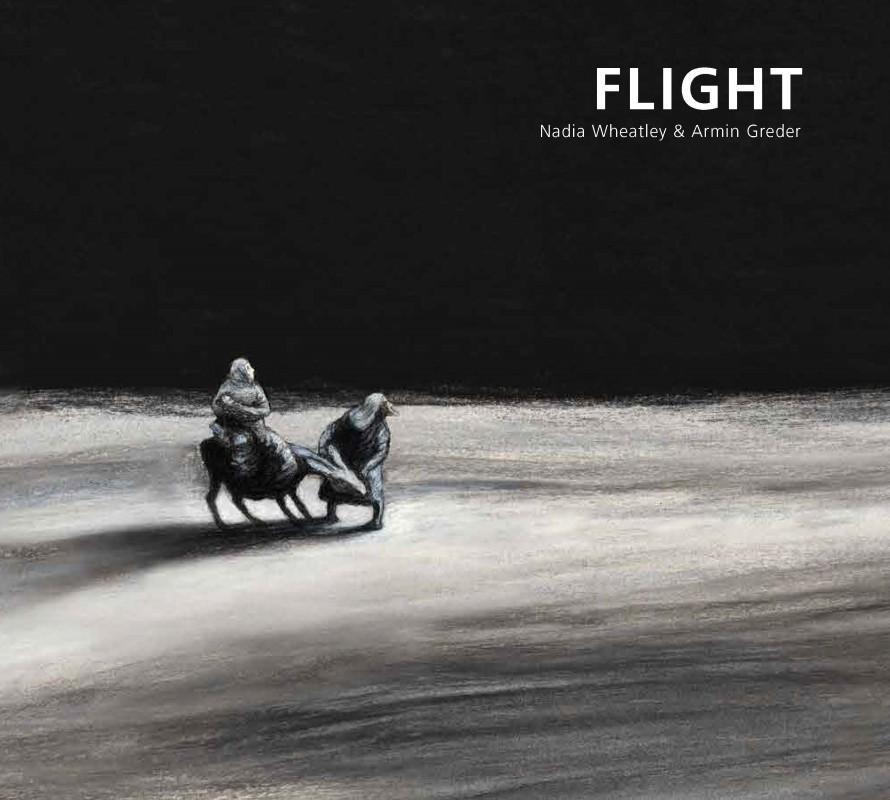
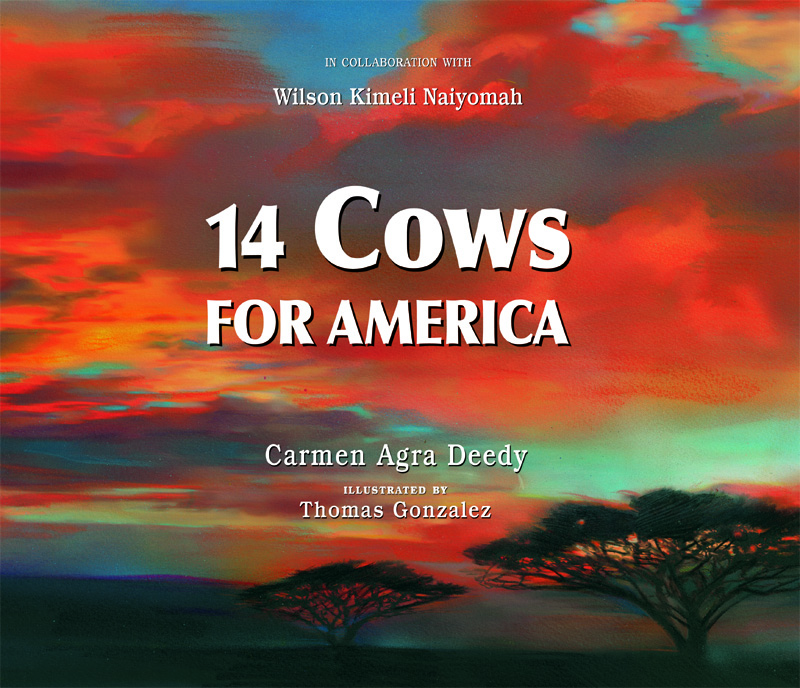

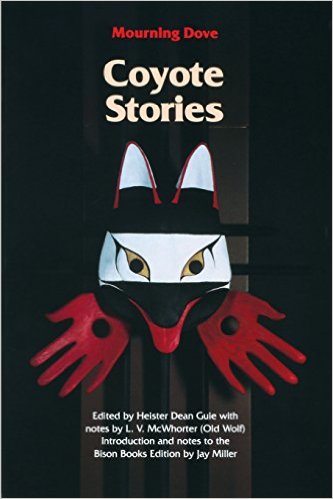
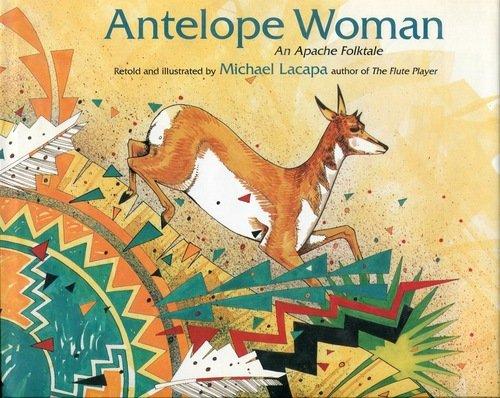
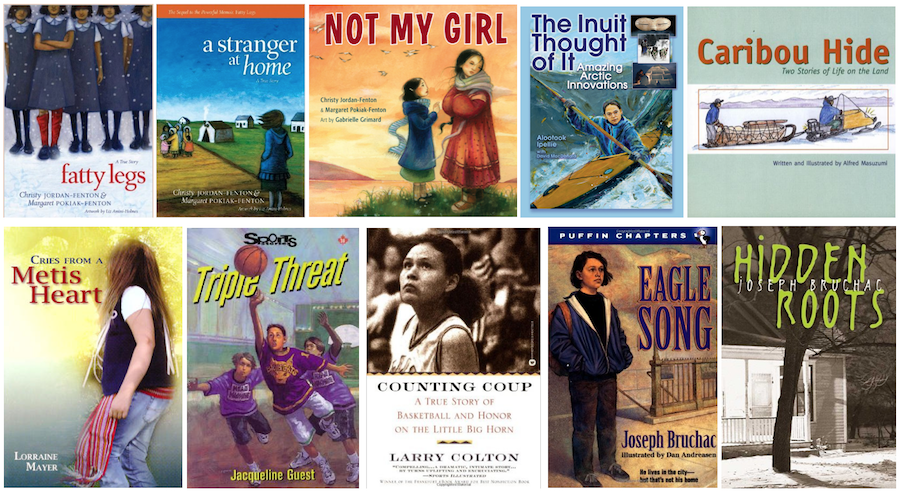
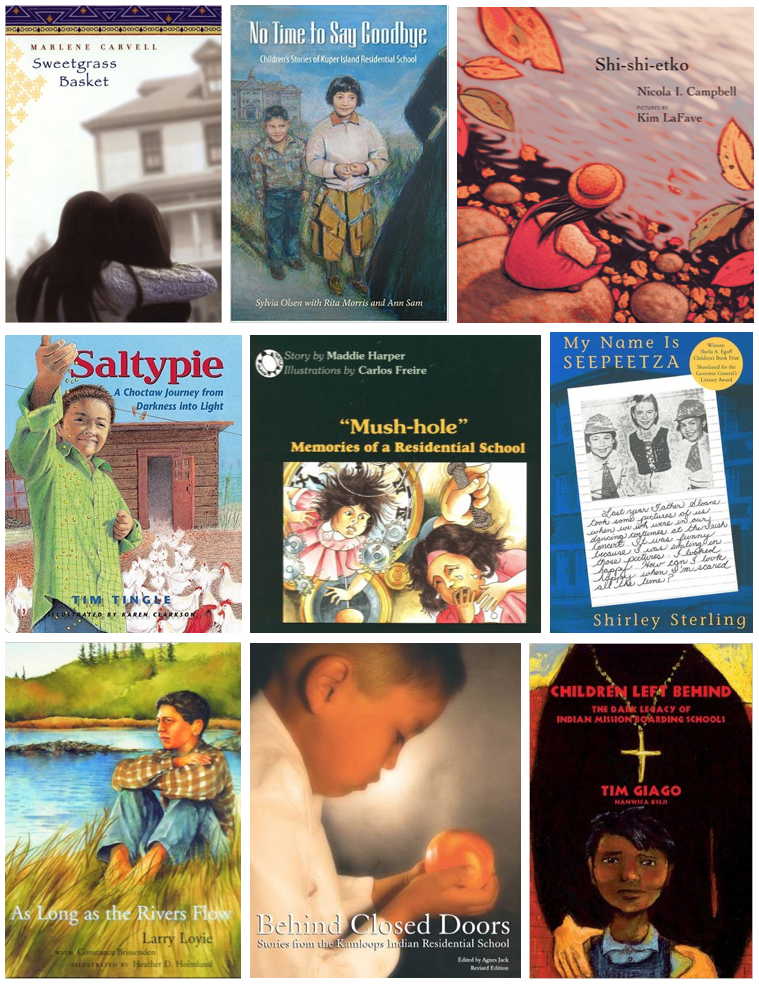
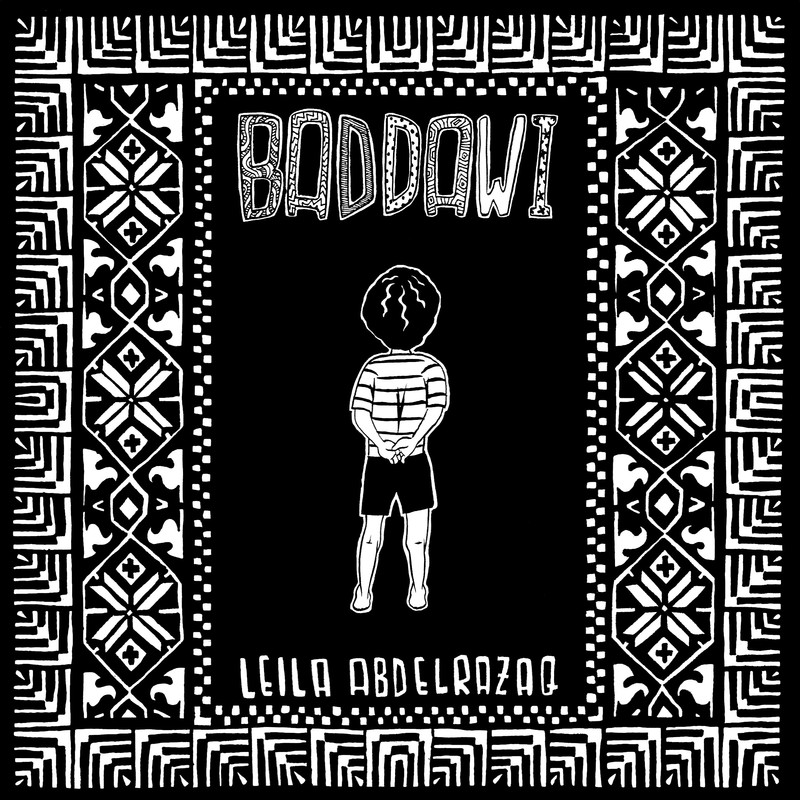 Baddawi by
Baddawi by